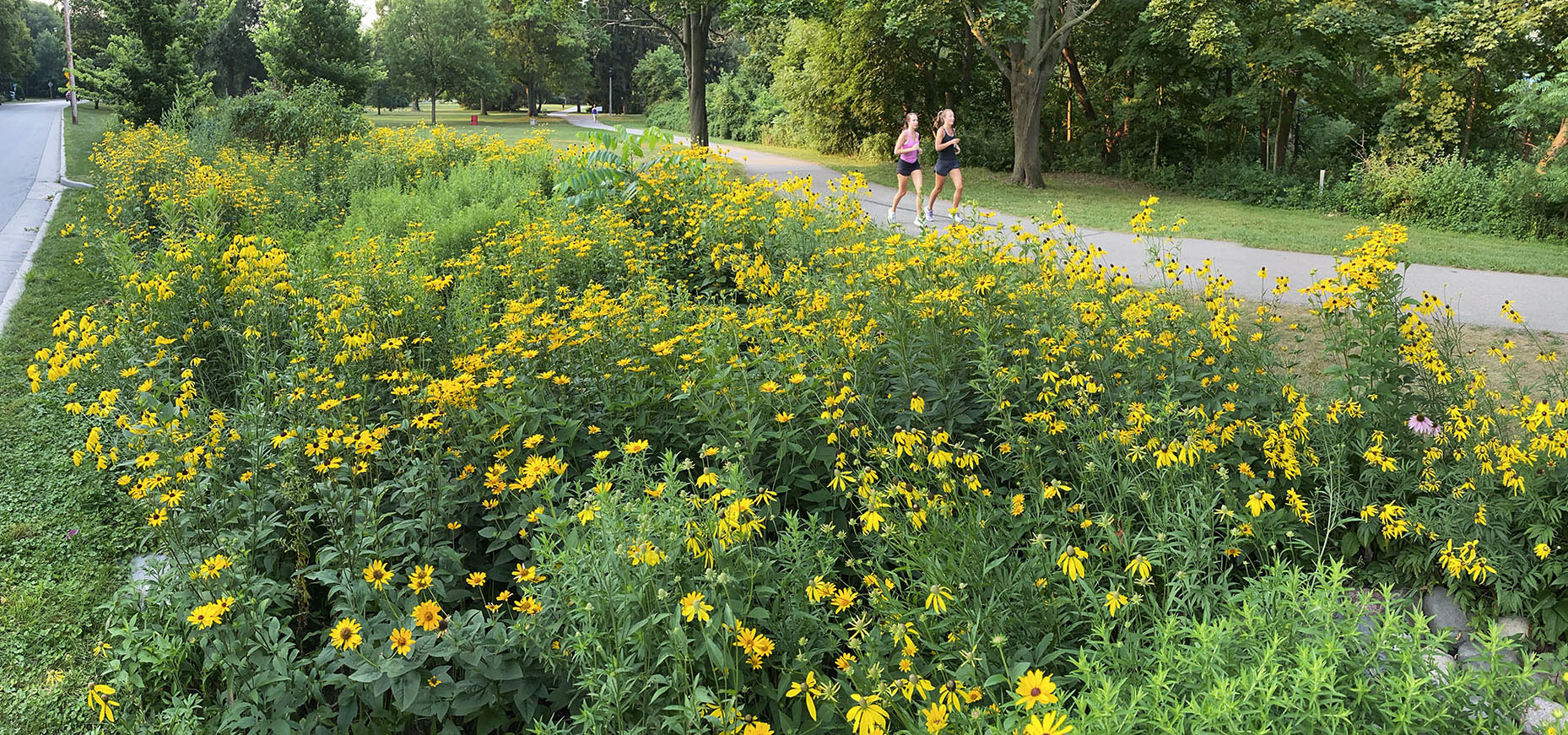
Nature Ignores Design that Ignores Nature
March 14, 2022 | Topics: Issues
By Tom Mortensen, PLA, ASLA
Photography by Eddee Daniel
I am passionate about water. As a Site Planner and Landscape Architect for raSmith and Friends of the Domes Board Member, I encourage people to think about how we use and manage water. Water issues affect every aspect of life.
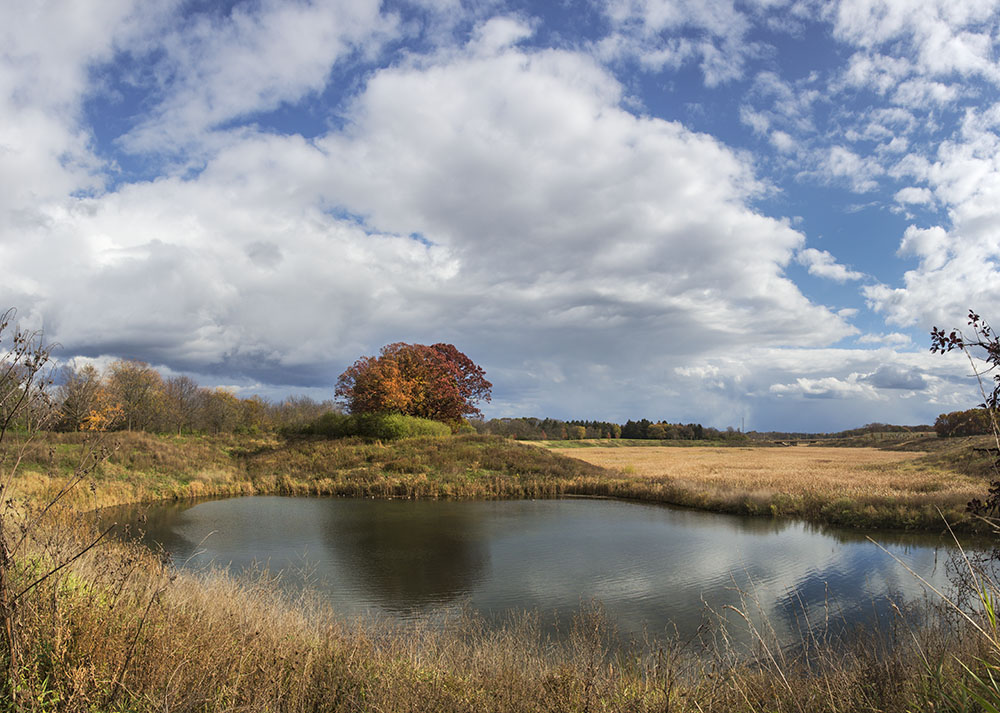
Background on Stormwater Management
In the 1950’s-60’s, best practices in engineering developed a system of channeling water from our tributaries and rivers into Lake Michigan. This led to the creation of concrete ditches and channels; we see them all around Milwaukee. Home owners were advised to channel water into storm sewers. Water was treated as a problem that should be eliminated.
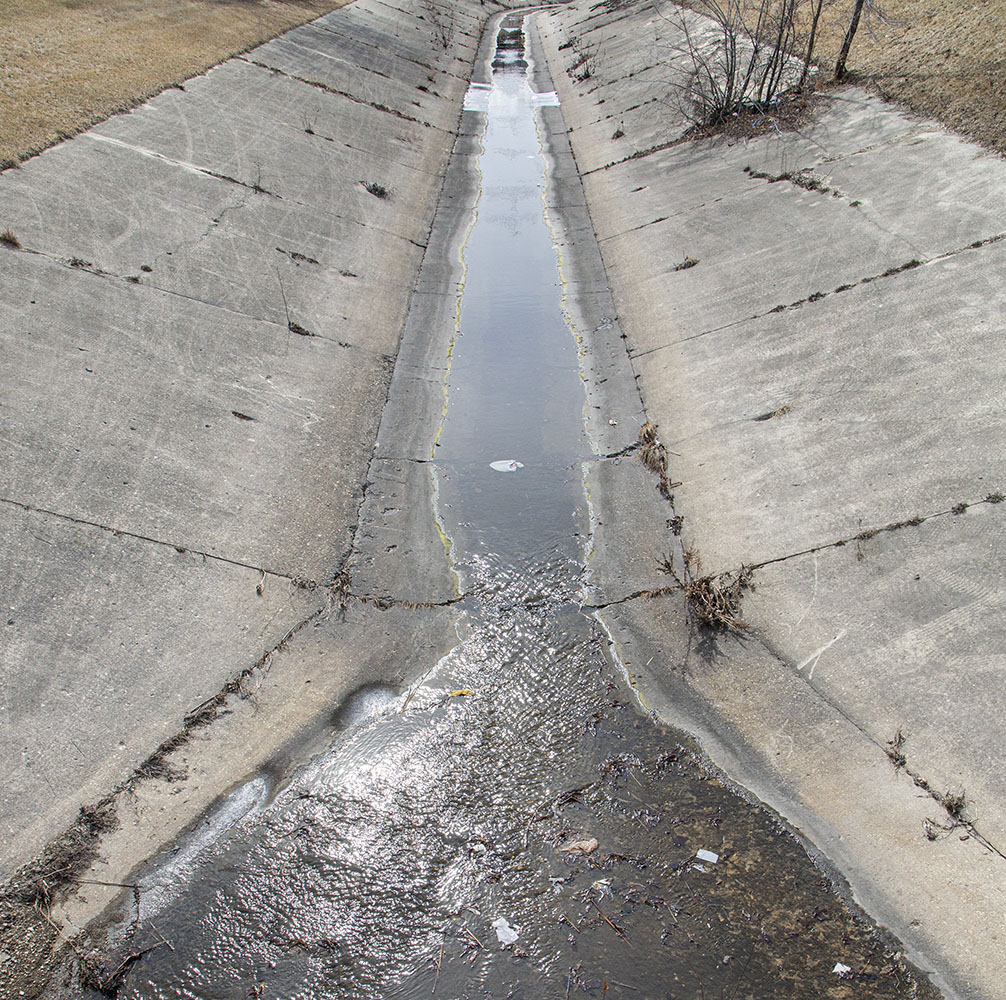
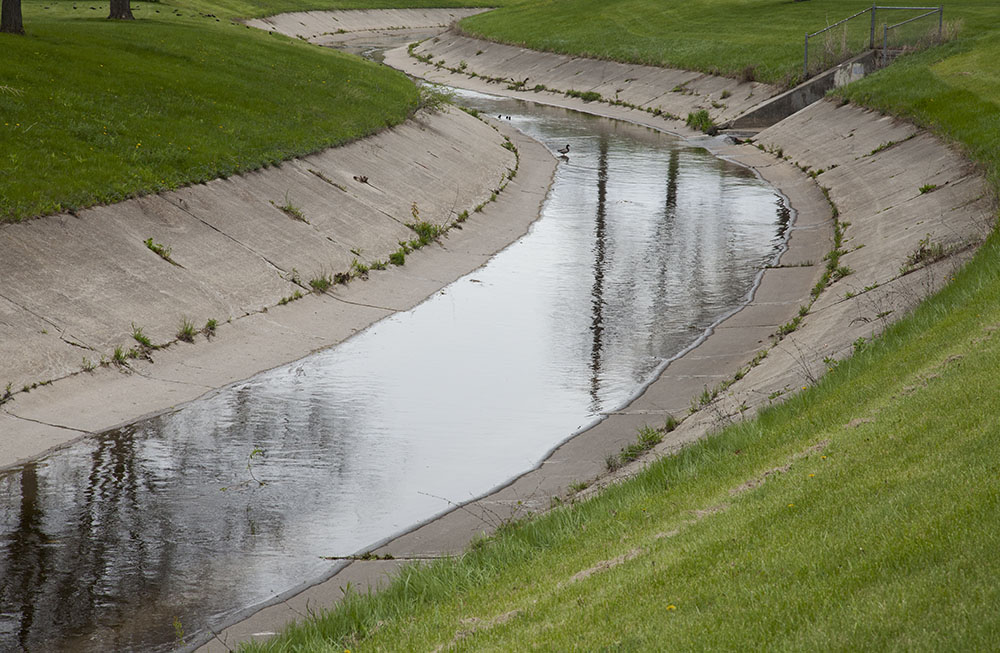
Some of the projects, like the MMSD Deep Tunnel Project have significantly decreased the amount of flooding, but heavy rains still cause major sewer overflows in Milwaukee. This flooding flushes everything from pollutants from vehicles to road salt into the lakes and rivers. Combined sewer overflows can ultimately end up in our drinking water. We have been trained to make it go away, but there is no “away.” Landscape architects, engineers and agencies understand this now, and best practices are shifting away from treating stormwater as a waste product. Now it is considered and treated it as a resource.
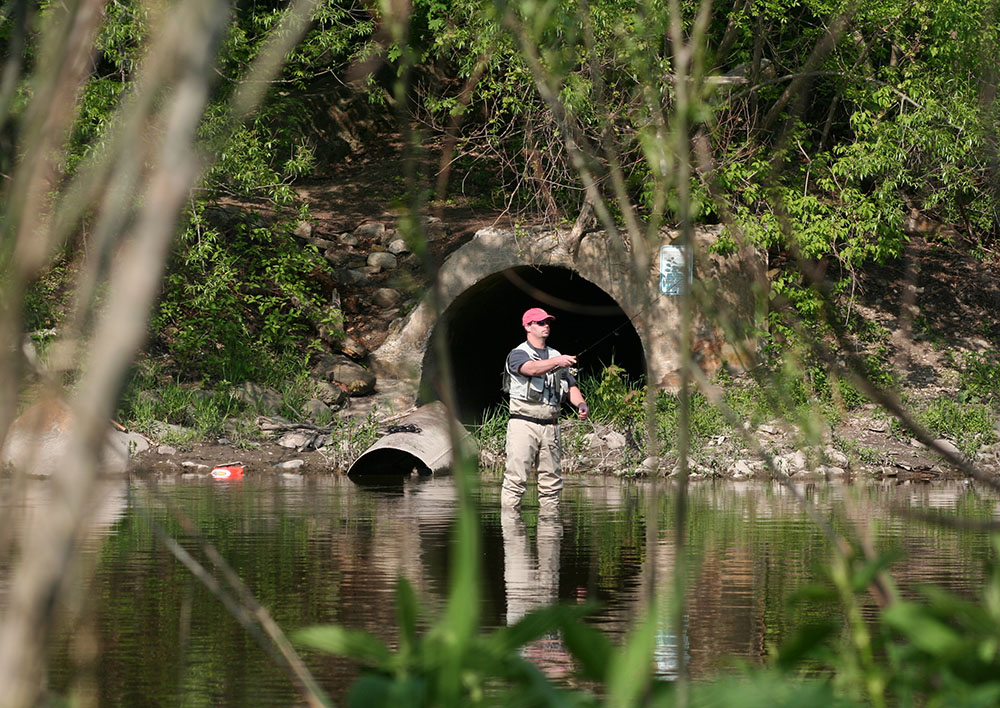
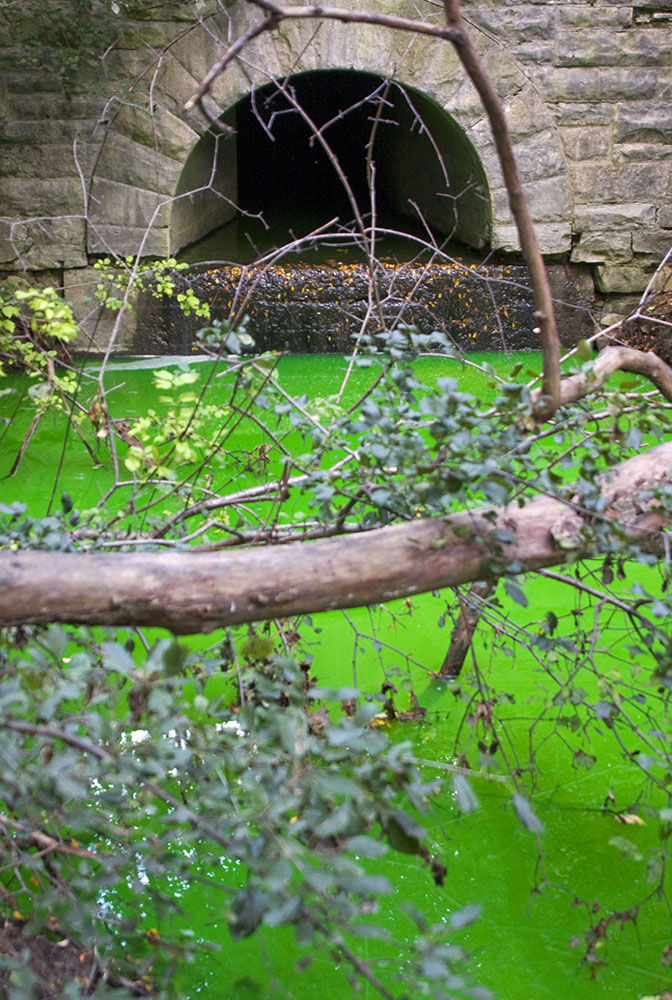
Green Infrastructure (GI) Strategies
Green Infrastructure strategies treat water as a resource rather than a problem. Good design methods use rainwater, diffuse it, and slow it down so that it can infiltrate or be detained before surcharging the storm sewer system.
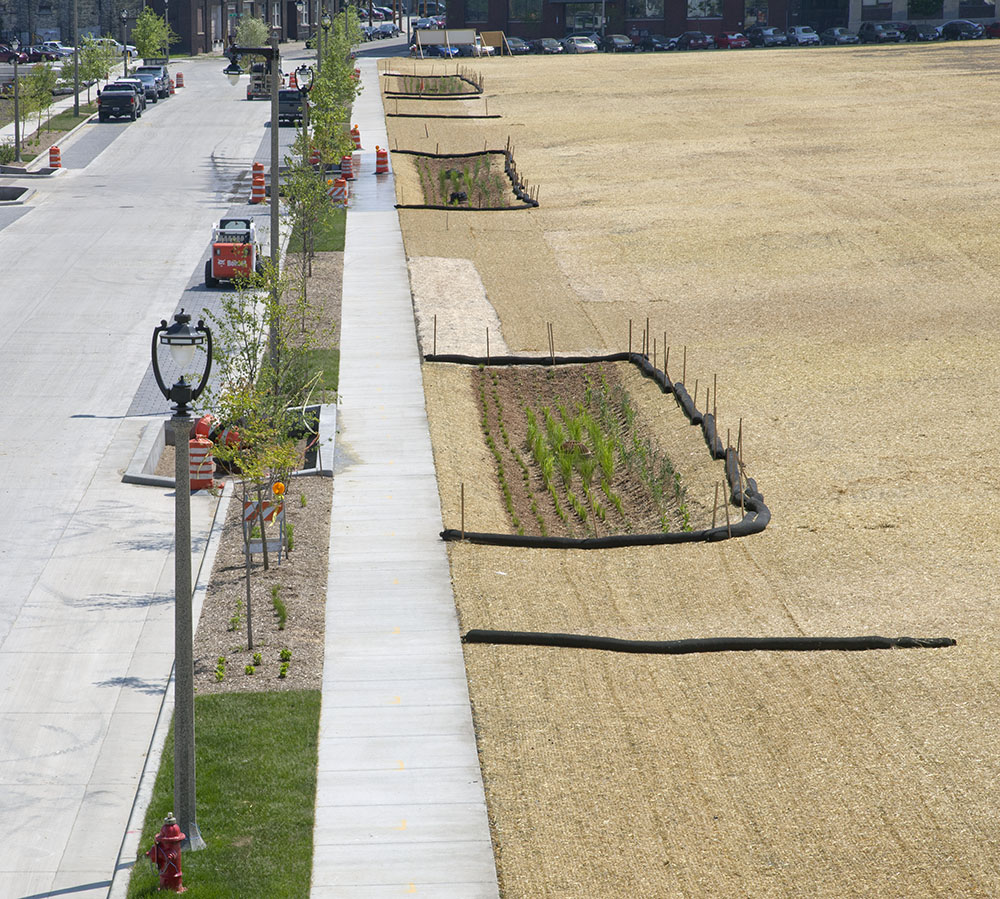
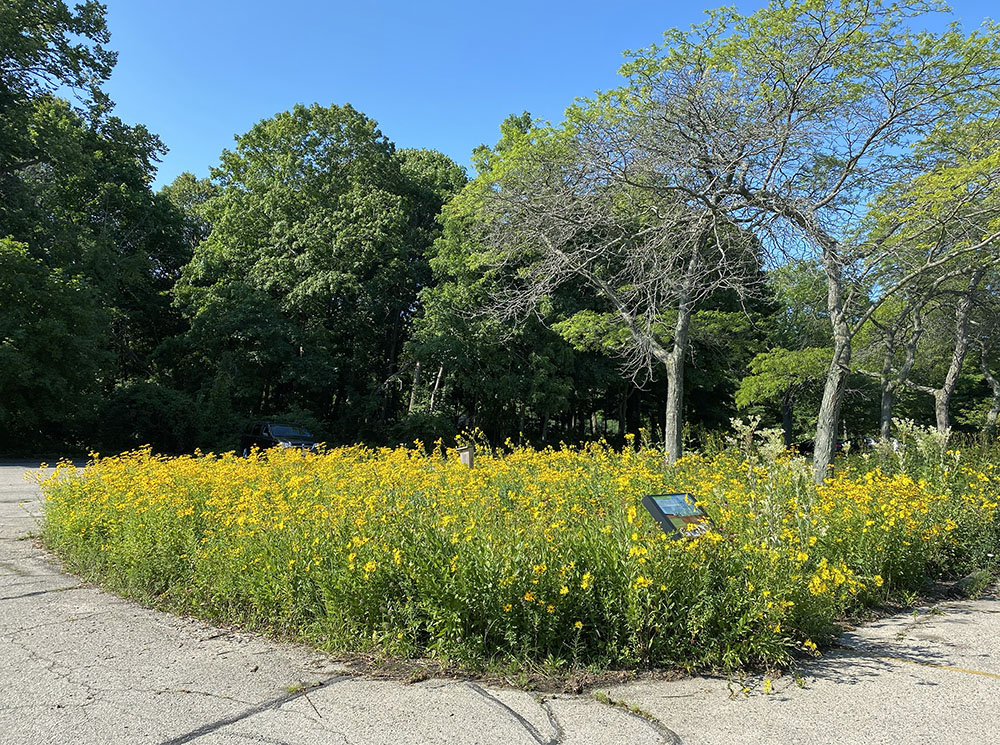
In residential areas, homeowners are encouraged to consider using rain gardens and research the plants they add to their landscape. Directing water away from the house to a spot in a yard like a rain garden means that the water can be absorbed, or slowed down, and stay out of the sewer system. A low, wet spot in the yard can be designed with the proper plant material that is adapted to the soils that are present, whether it is clay, sand, or silty loam.
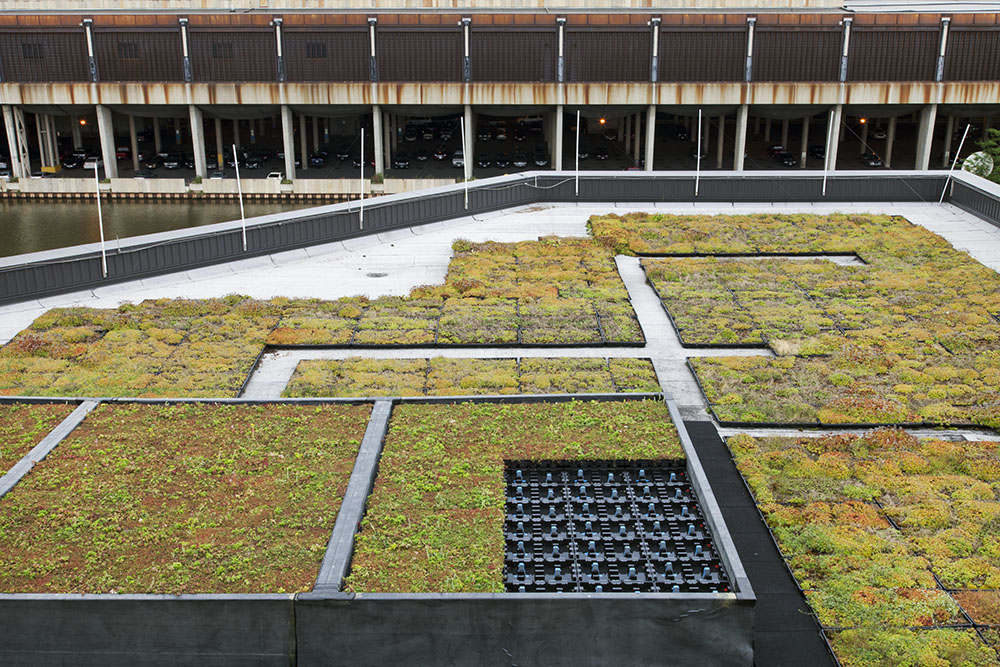
On commercial projects, developers are now required to offset the impact of their sites’ impervious areas (surface areas that do not absorb water like roofs and parking lots) with GI strategies. This can include green spaces that detain and use the water, permeable pavers that store water in the subgrade, and even innovative design features like water features that use rainwater. Roadside green spaces like the bioswales implemented on Grange Avenue in Greendale capture sediment and pollutants before they enter our storm sewers and waterways.
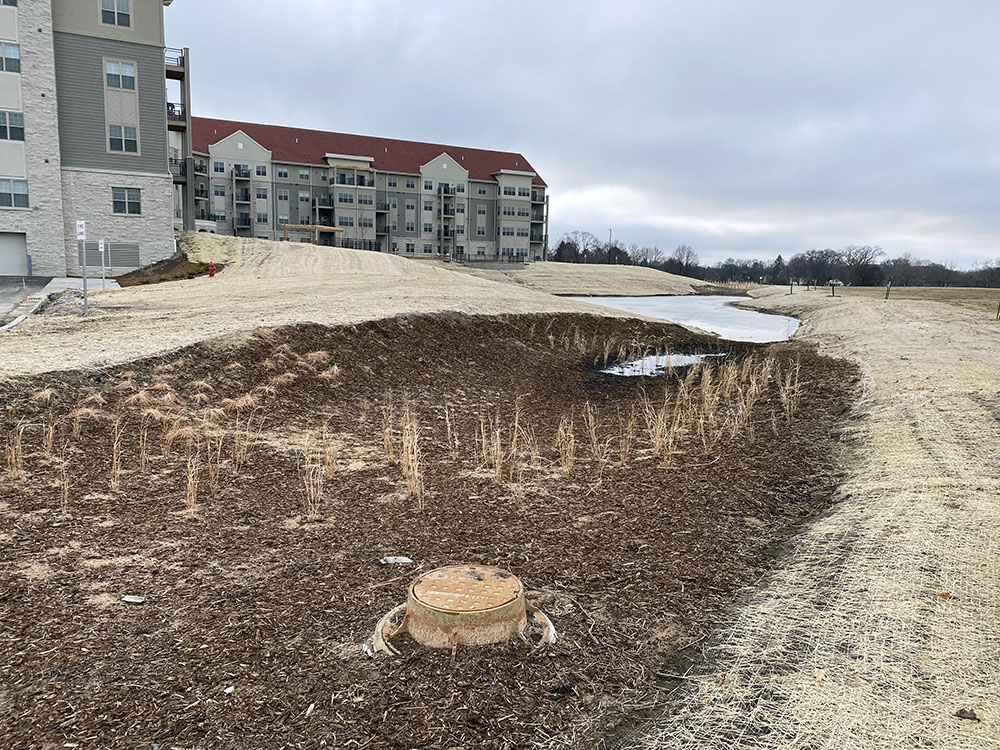
To make these projects possible, MMSD offers incentives to developers who implement effective strategies through their Green Infrastructure Partnership Program (GIPP). For example, raSmith’s team designed an extensive system of permeable pavers, basins and bioswales to capture rainwater at the new Trinity Woods Residential and Senior Living Community at the Mount Mary University Campus. Because the potential impact is so large, this project received $1.3 million in construction cost reimbursement from the Milwaukee Metropolitan Sewerage District (MMSD) under this program.

It is encouraging to know that there are many experts like myself that are educating the public and making a significant impact on how we relate to, think of, and manage water. It is also clear that more of us need to have this passion and ethic for water. We can respect our water with simple and proven strategies like turning the water off when brushing our teeth and using low-flow toilets, but it’s much bigger than that. For example, if you become aware of how Wisconsin’s mega industrialized factory (dairy) farms are impacting our water quality, you may change your buying habits to support businesses that share your values and that respect our waters. You can also be aware of, and vote for candidates in the state and local government that have demonstrated that they put OUR water quality ahead of special private interests and corporations. Let’s ask bigger questions about water so that we can take action to protect and value this limited and essential resource.
Gallery
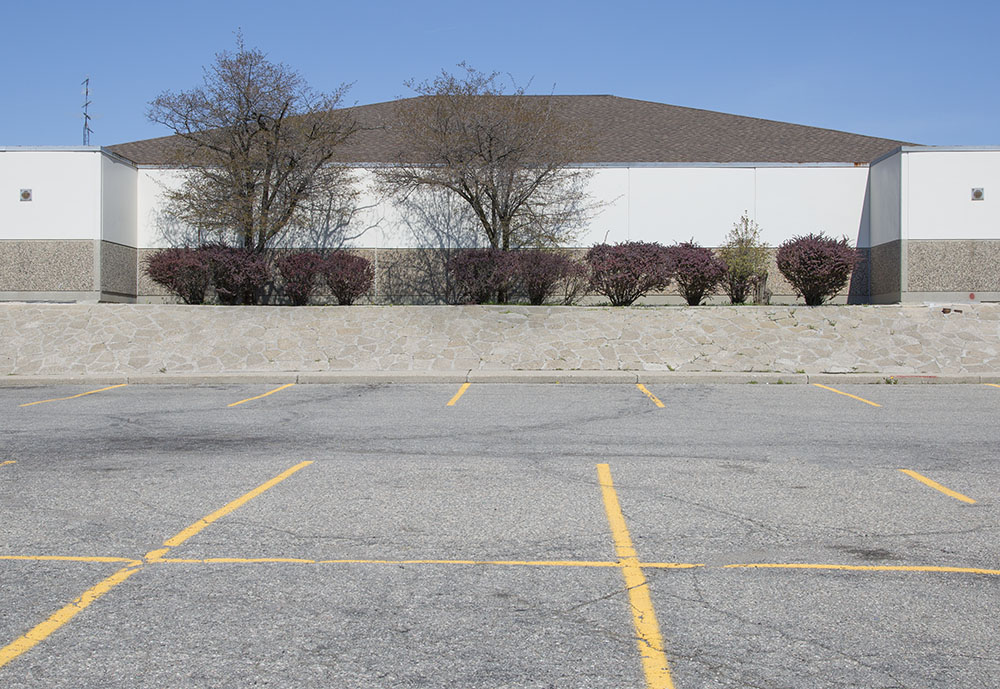



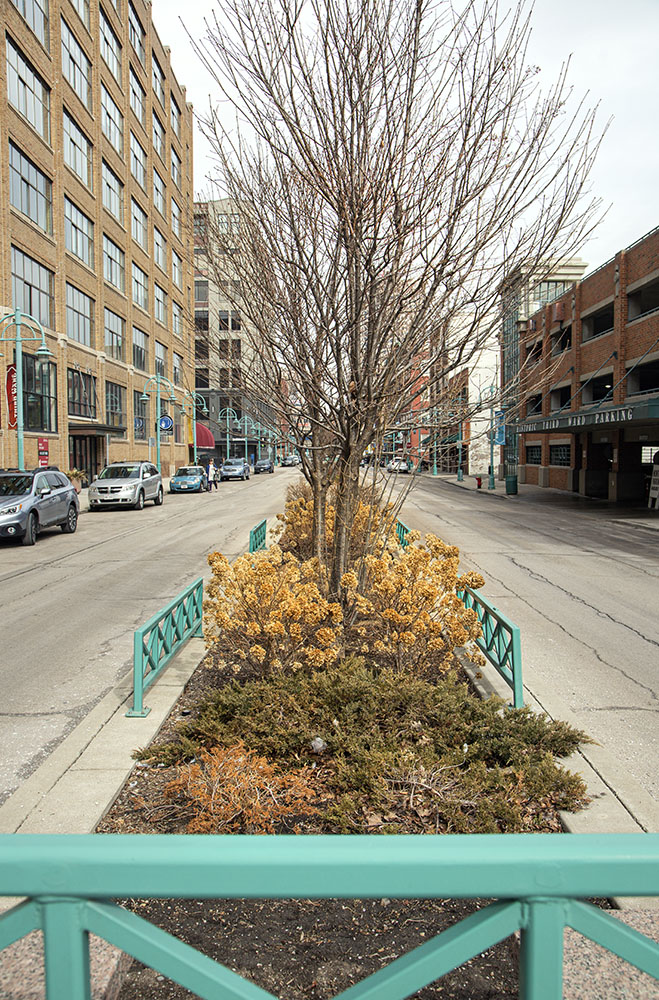
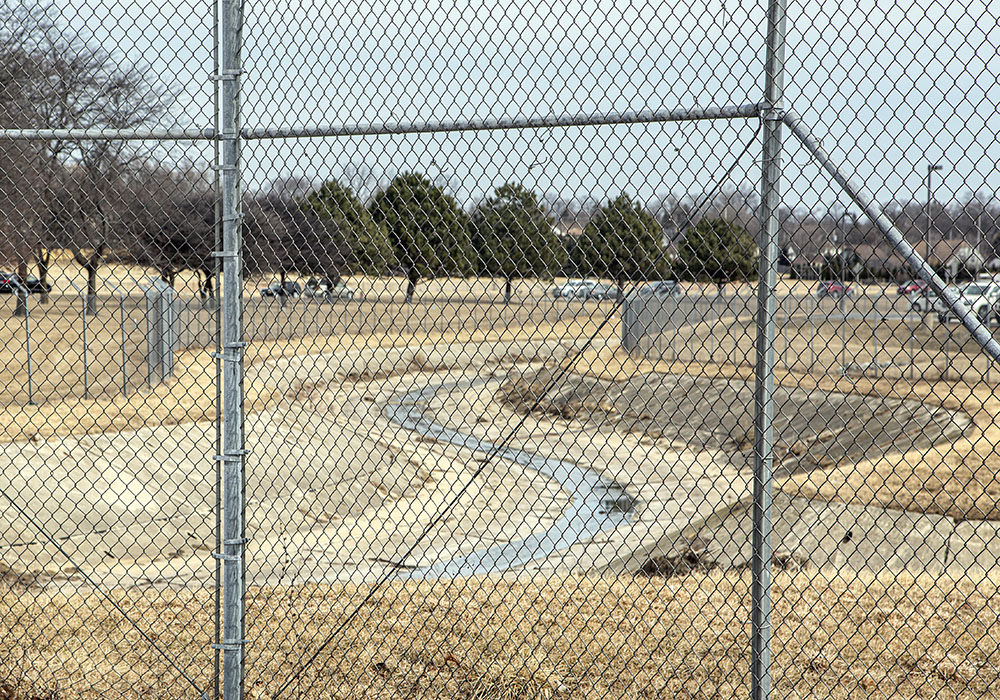
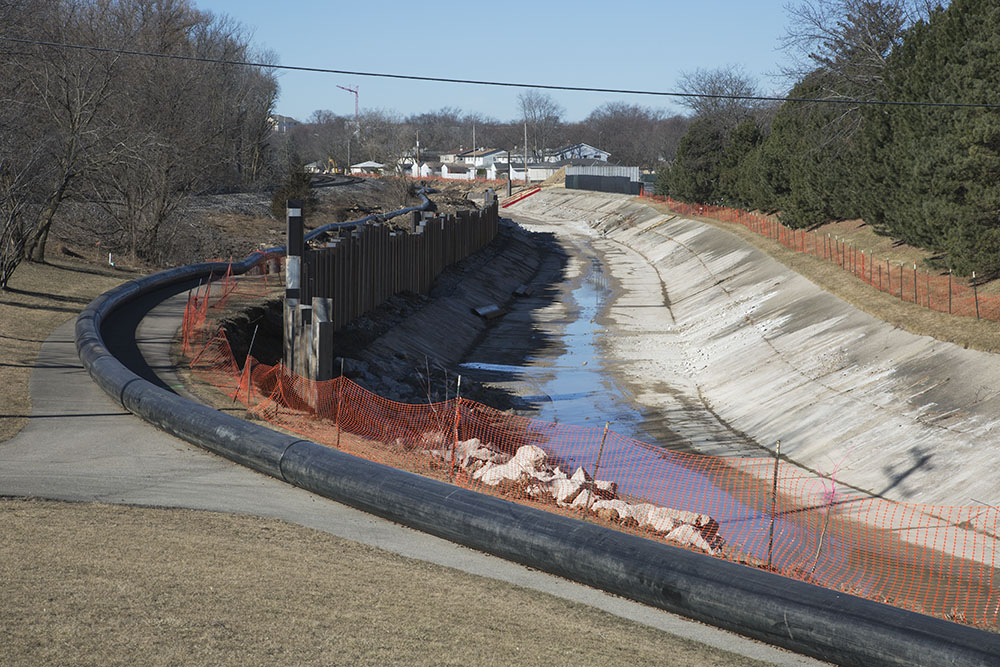
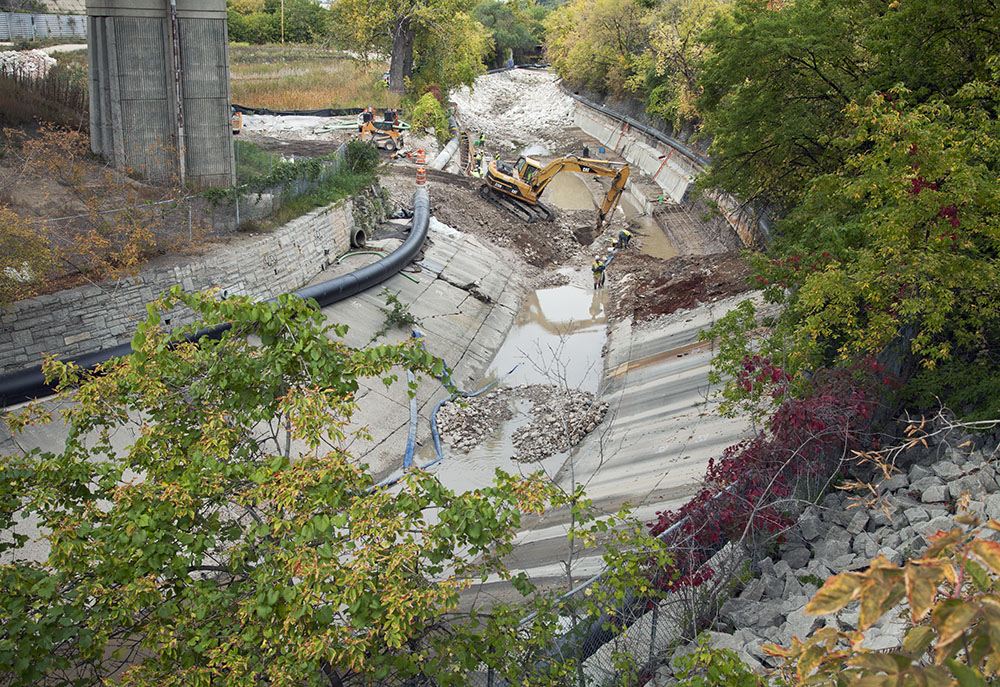
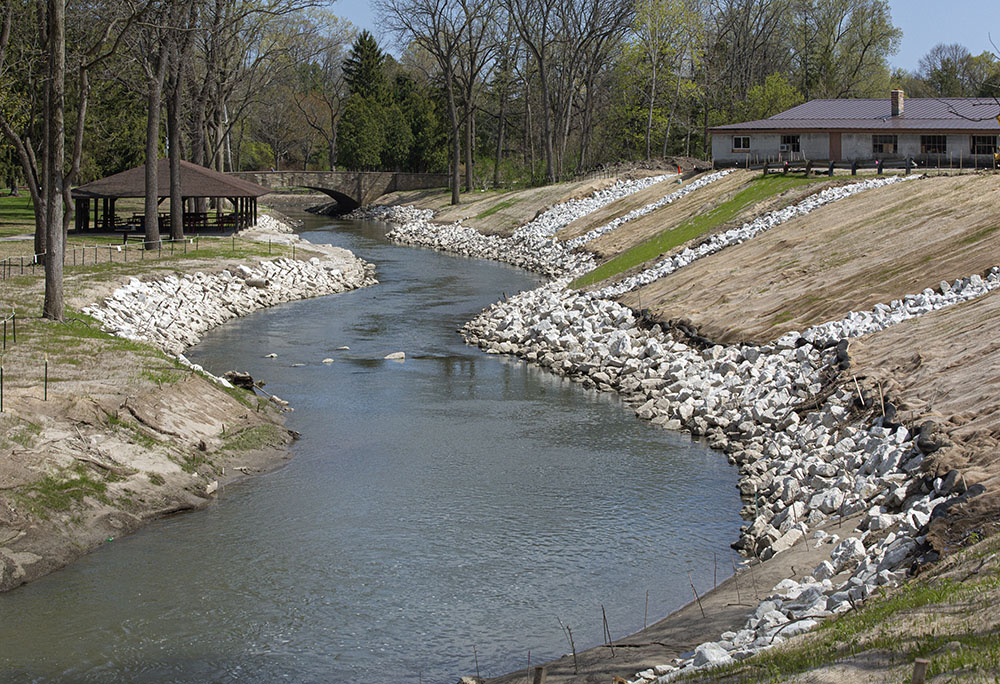

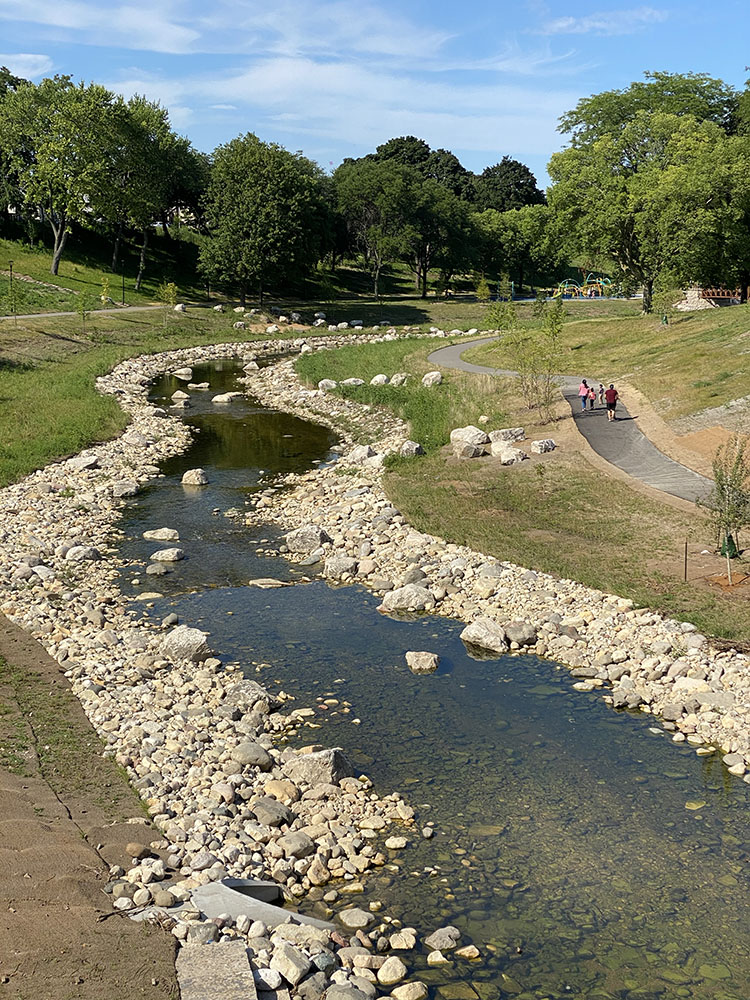

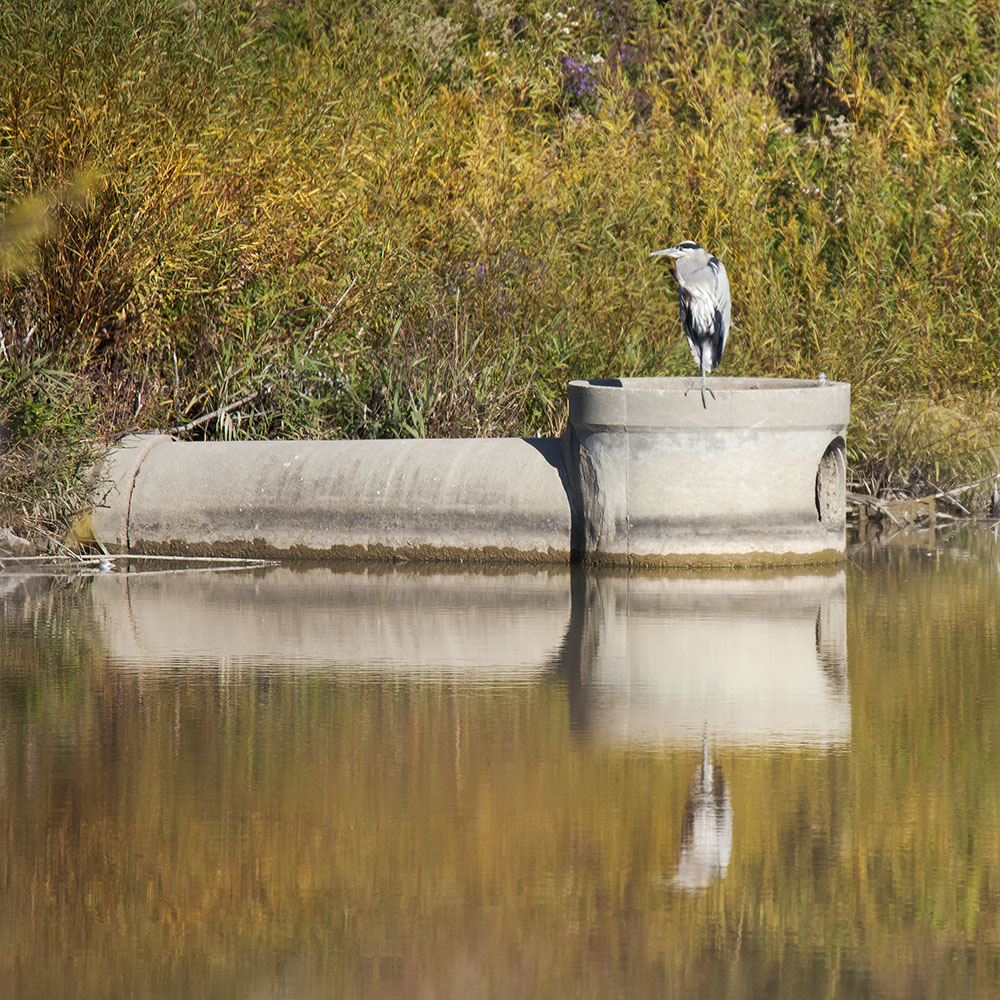
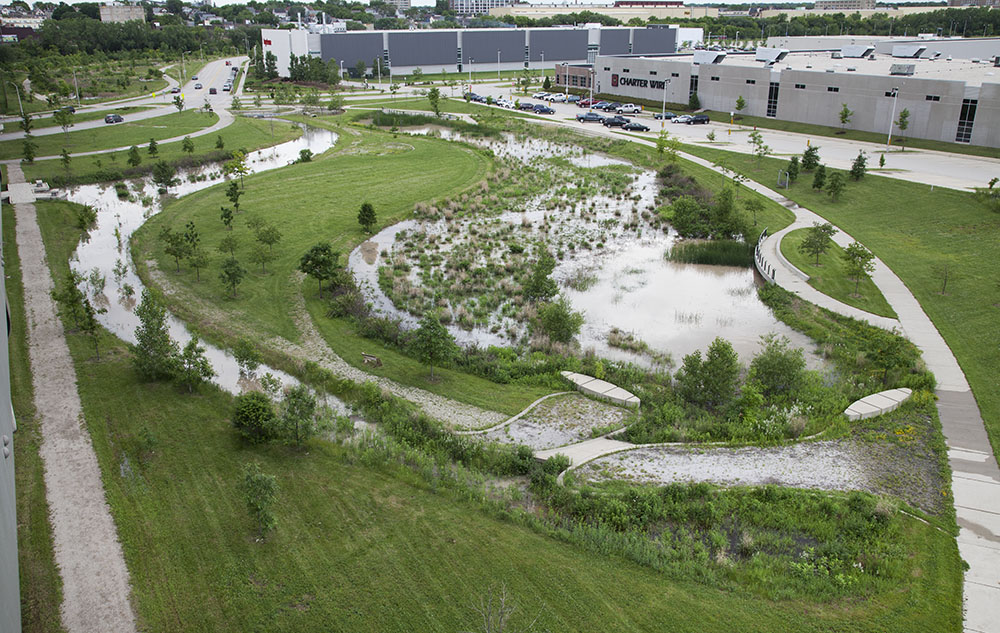
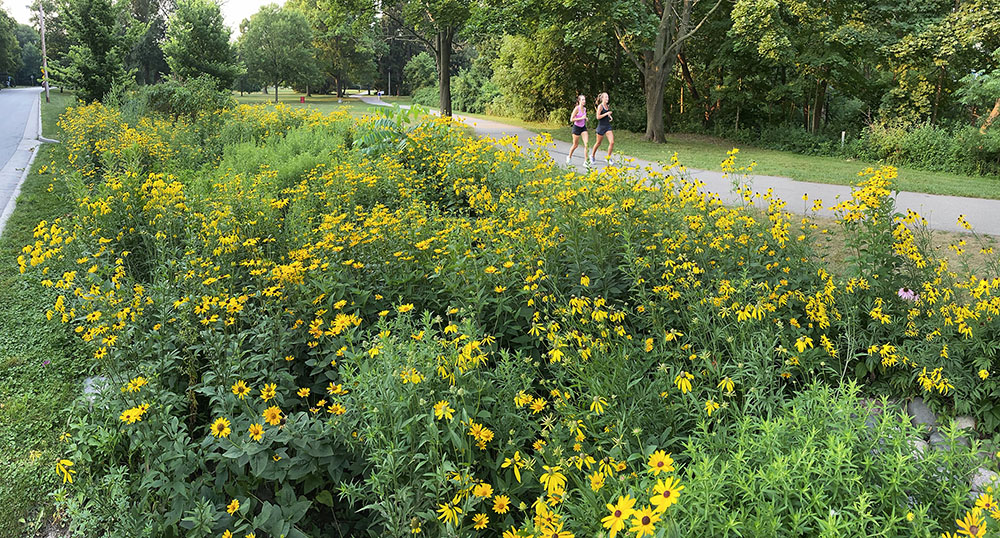
This story has been adapted from one that originally appeared in the Spring 2022 Friends of the Domes newsletter. Reprinted with permission.
Tom Mortensen is a Site Planner and Landscape Architect for raSmith and a board member of Friends of the Domes. Eddee Daniel is the curator and editor of The Natural Realm.

